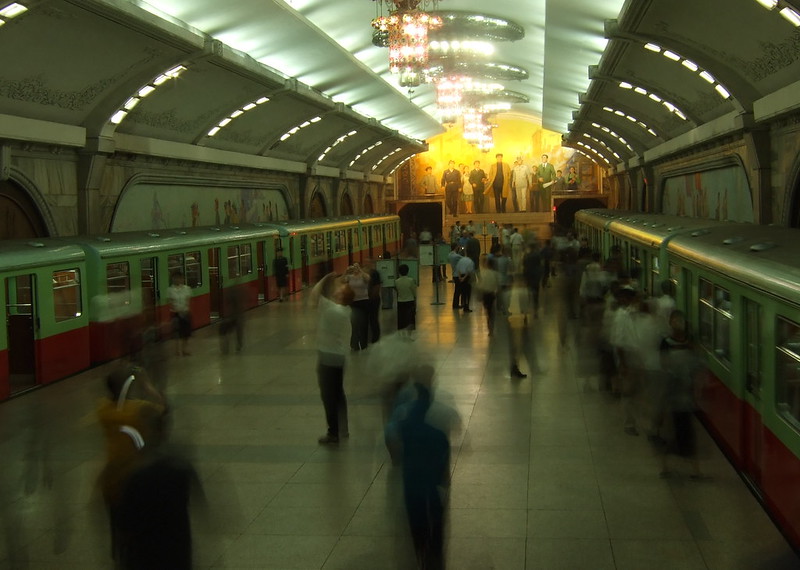
The subway system aesthetic is one built around service to the masses but also defined by the people who use it. You may not notice the little details while you’re hopping from train to train, or even consider how you contribute to the aesthetic while you wait behind the yellow line, but there is a lot going on all around you. Purpose, efficiency, and culture shape this aesthetic like a layer cake over different eras and this blog post will dissect these themes.
Purpose:
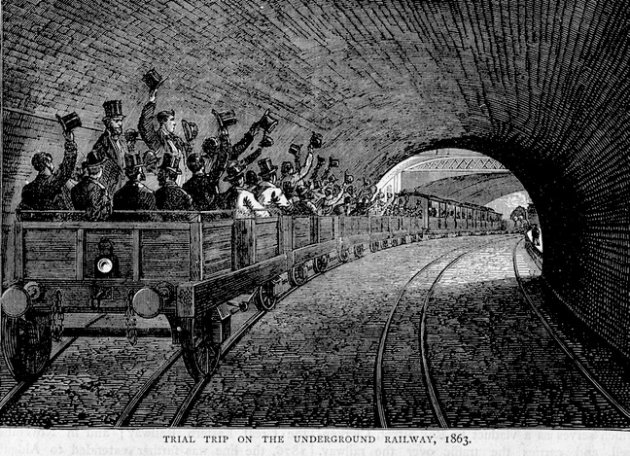
To understand the subway aesthetic, we must go to its origins. In 1863 the first underground train in the world opens in London as the first line in the grand London Underground that will come. Other cities like Boston and New York (as well as others around the world) would open theirs in 1897 and 1904 respectively. This urbanistic endeavor was fueled by the simple goal to transport city goers efficiently and to de-crowd the growing industrialized urban environment.
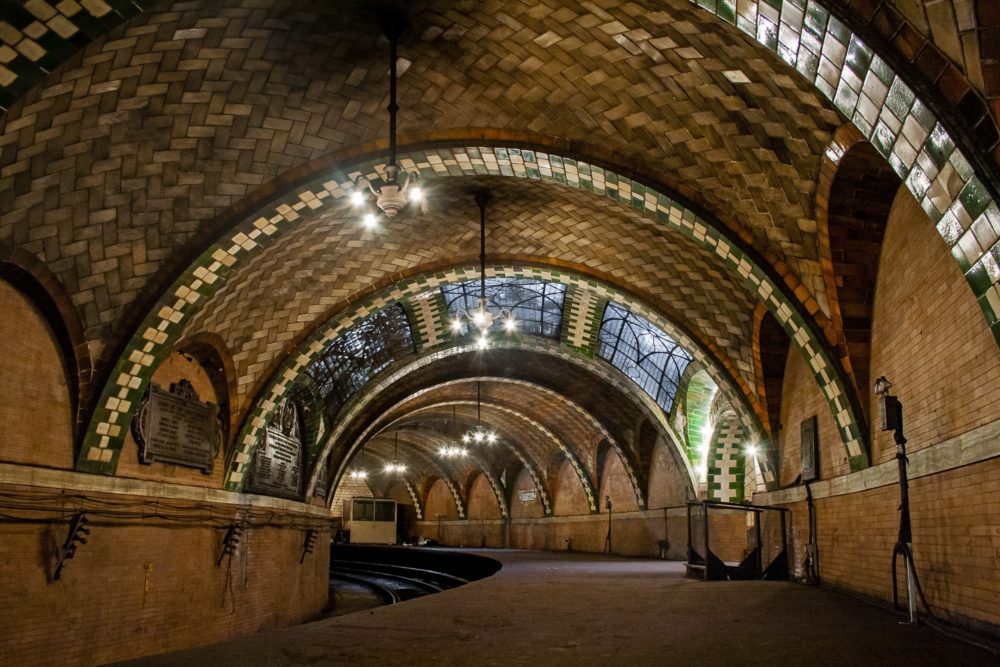
Because of the constraints of the areas where they were built, the industrial capabilities at the time, and its primary purpose, subways were built using crammed tunnels, winding pathways, but also late 19th century gothic architecture and early 20th century art nouveau and art deco styling. Even today you can see evidence of this in modern subways. Whether it be stations that still retain their original infrastructure, or modern updates which take the existing tiling into consideration, one aspect of the subway aesthetic is a 100+ year old elegance combined with a crude sense of adventure which reflects the heart and soul of its purpose: People.
Efficiency:
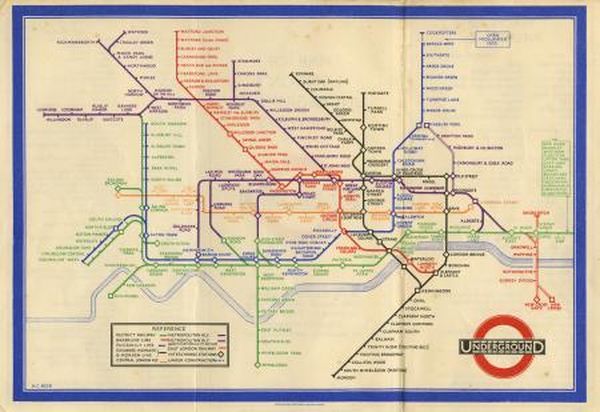
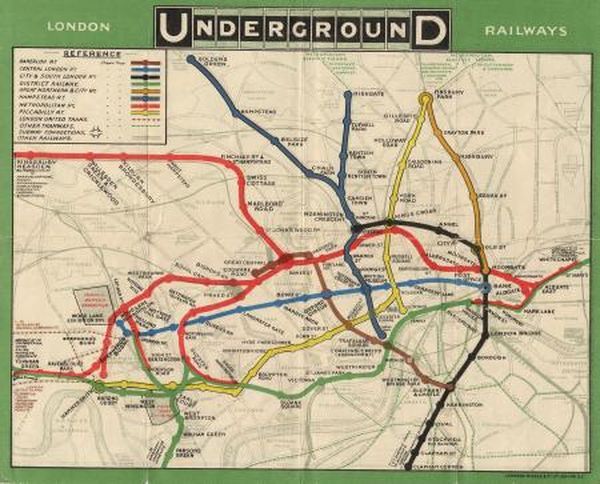
Another aspect of the subway aesthetic is its efficiency. As the minimalist art movement came into the norm and modern thought about more than just art was sweeping across the world, the old aging subway systems were getting a makeover. The first step could be attributed to Harry Becks famous London Underground map from 1932. It got rid of landmarks, straightened the lines, and make stations relatively even in space on the page. This revolutionized the way people traveled in subways making it vastly more efficient and easier to use.
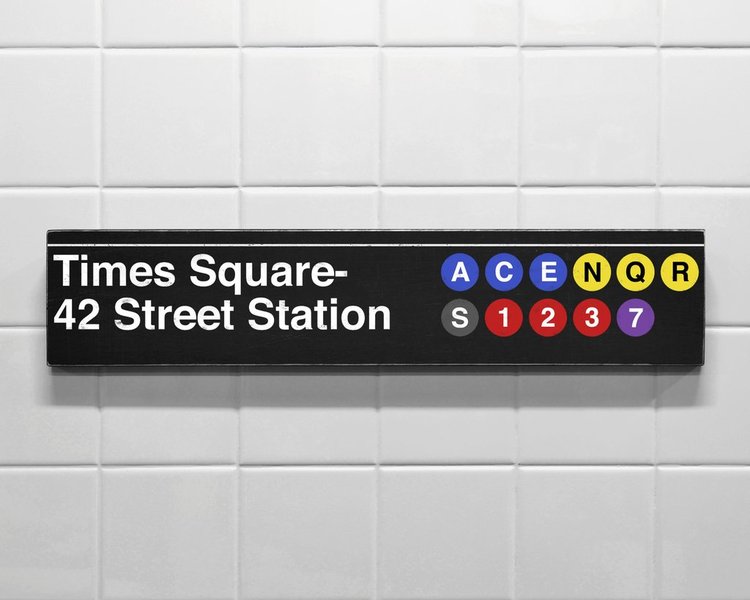
The signs saw a re-design as well. Examples like Massimo Vignelli’s New York subway re-design transformed the experience of the subway traveler. From the text, to the color coding, to the actual placement of the signs in the station, Vignelli completely altered the way we travel in subways, pushing efficiency and usability in every aspect. This emphasis contributes to the second aspect of the subway aesthetic which is the ease of use and general efficient air that is noticeable in complex underground systems.
Culture:
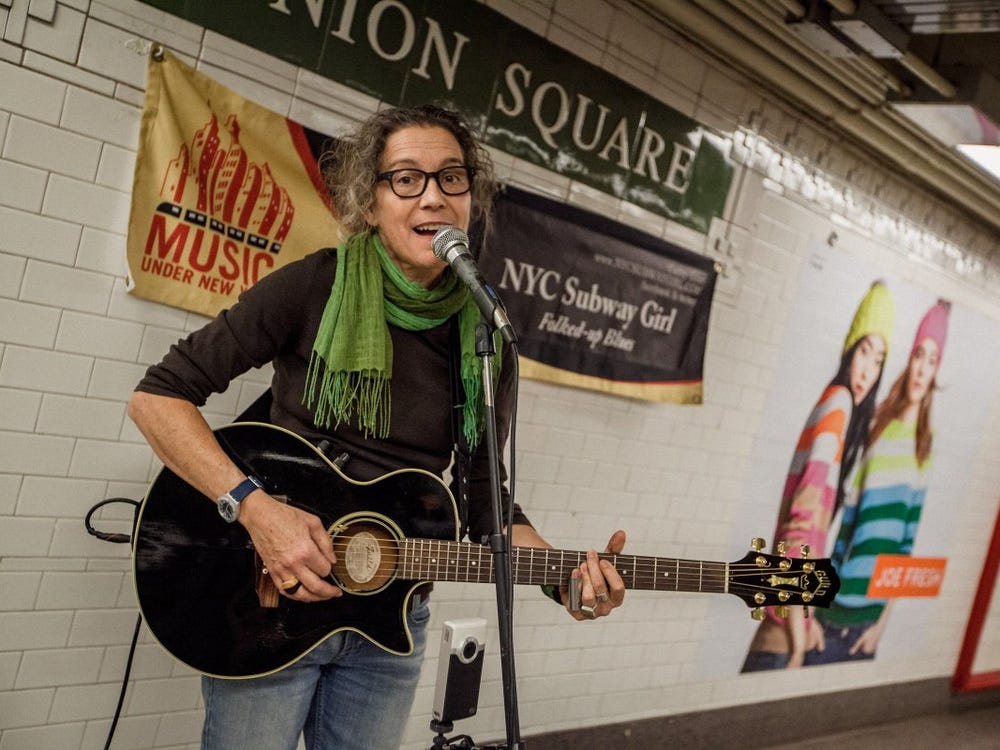
The final aspect of the subway aesthetic is culture. Spanning all the way back to its origins but extremely prevalent in todays society, the subway and the people that use it have formed a unique cultural space core to cities around the world. In subways you’ll find performers and artists, as well as businesspeople and tourists, and even homeless refugees. It really is a space for everyone which is reflected in its unique cultural nature.
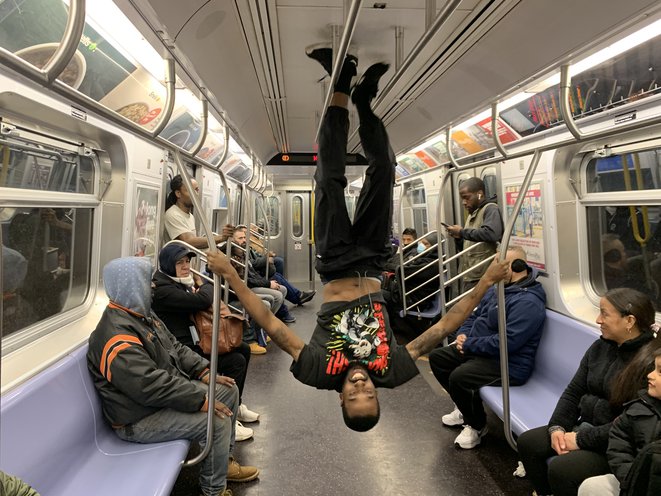
It has been a place for protests, gatherings, daily commutes, and one time visits. It is used daily by many which is why it is unique. In a city where you may only know the people on your floor yet be surrounded by millions at all times, the subway system is the place for human convergence. Art installations are held in the same spaces where graffiti culture was born, and stories of violence, compassion, and silliness are witnessed and sometimes put on social media for the world to interpret. This final aspect of the subway aesthetic is less about the infrastructure and more about the user which is you. We as a people have a large influence on how the subway experience is interpreted, and so the aesthetic relies heavily on the people involved.
Conclusion:
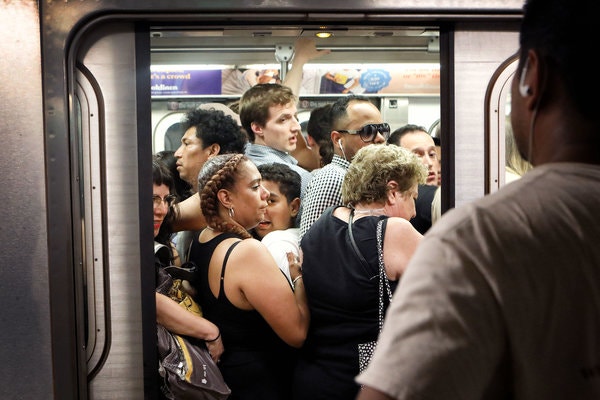
The subway aesthetic is complex and is the product of a century and a half of use. It takes the culture and viewpoints of the people that use it, set within an efficient framework built around ease of use, all falling back on its original purpose which was to serve the masses. In a way the subway aesthetic really is a human aesthetic in that it is a melting pot of ideas that deal with human interactivity which remind you of a very basic human instincts: where do you want to go, what do you want to do, how will your experience be shaped.
Images:
Surge in Ridership Pushes New York Subway to Limit – The New York Times (nytimes.com)
Underground in Pyongyang | Will De Freitas | Flickr
JAMES and KARLA MURRAY Photography Home
Map; Pocket Underground map, by Henry C Beck, 1933 | London Transport Museum (ltmuseum.co.uk)
Map; pocket Underground map issued by UERL, 1908 | London Transport Museum (ltmuseum.co.uk)
Sideway Signs – Handmade Wood Signs – sideway signs
Harrison Jacobs (@harrisonxjacobs) • Instagram photos and videos
“No People, No Money”: As Subways Empty, Showtime Dancers Struggle – Gothamist
Sources:
A history of the London Underground (evanevanstours.com)
New York City subway opens – HISTORY
The History Of The Tube Map | Londonist
Graphic Design Legend Massimo Vignelli’s NYC Subway Design (ceros.com)

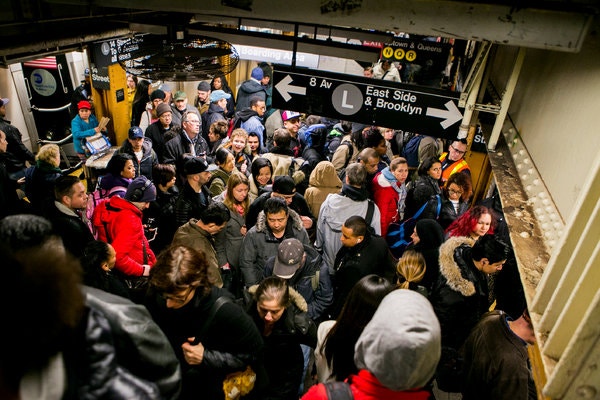
4 Comments. Leave new
Hi Joshua, I loved this post a lot. It’s super interesting to me to think of a public transportation system as an aesthetic, but you explained it perfectly. I like how much you discussed the culture surrounding the aesthetic because I think that plays a huge part. The subway system is not just for the purpose of “to and from” but its also a gathering place for artists of many types. I’ve always wondered why you don’t see many subway systems farther west in the US than the east coast. Was there any indication in your research as to why this mode of transportation was partially discontinued as the United States expanded? Why did bus systems and taxi companies take over instead? And I’d be interested to know what you think the next big public transportation system, if any, will be?
As far as I know, the reason for less subways in the west has partly to do with the weather. New York and Boston have to worry about snow (which LA, San Diego, Phoenix don’t have to) and so a subway allows a city to still run in the event above ground travel is halted. I’ve also read that it has to do with timing. East coast cities also were predominant in the early 1900’s and so they invested In subways when they were first being invented. Once west coast city’s had the size and wealth to consider investing in transportation, it was partially too late in the sense that the city was more developed and it would have been a pain (if you consider above ground rails too like in Chicago), and also that people complain more about it (its no longer new tech and people sometimes see it as an eye sore or a contributor to homelessness, crime, etc.). and so Bus and taxi (and now Uber) prevailed.
If I had to guess, the next big thing in public transportation is the death of private transportation. I imagine a world where you can just call up a car, it picks you up and you get dropped off where you want to go. This would eliminate
(or at least minimize) traffic, accidents, having to perform maintenance, and even garages. It is essentially public transportation being the only form of transportation, which is where I think we are heading with electric cars, ride sharing, Uber, and self driving cars.
Hi Joshua,
Your topic of aesthetic exploration is unique and interesting. I for one never saw about the subway system in the perspective. Now that you have highlighted the aesthetic side I cannot stop appreciating the efficiency of this vast network connecting places and people. Do you think that the development of the subway system is based on its geographical location? Can geography account for the reason why some cities and countries have a well-developed subway system and the others not so much?
See my reply to Valerie Welch for an explanation as to why subways were developed in some places and not others. I feel it has mostly to do with what cities had wealth in the early 1900’s but also the fact that they are harder to get support in more recent times. Money really is a huge factor with this also; a regular rail way costs a lot, now consider that you have to dig and support a tunnel while also building around the buildings above, the costs surely add up and so it would really have to be justifiable.
As far as geography goes, certainly a subway can change its structure depending on the shape of the city. Take London vs NYC for example. London is a city with a very large spread centered around a river. Because of this, the subway is shaped in a circular way so allow a more efficient travel within the interior and the exterior without having to go in then out. New York is a collection of land areas cut by a river and is long as opposed to spreading in many directions. Because of this, they mainly have rails that go north to south. I don’t think the geography has too much of an affect on whether it can be built or not. Miami probably cant build it underground, but aside from a place like that I don’t think there is really much of a geographical constraint in most places where cities are able to be built.